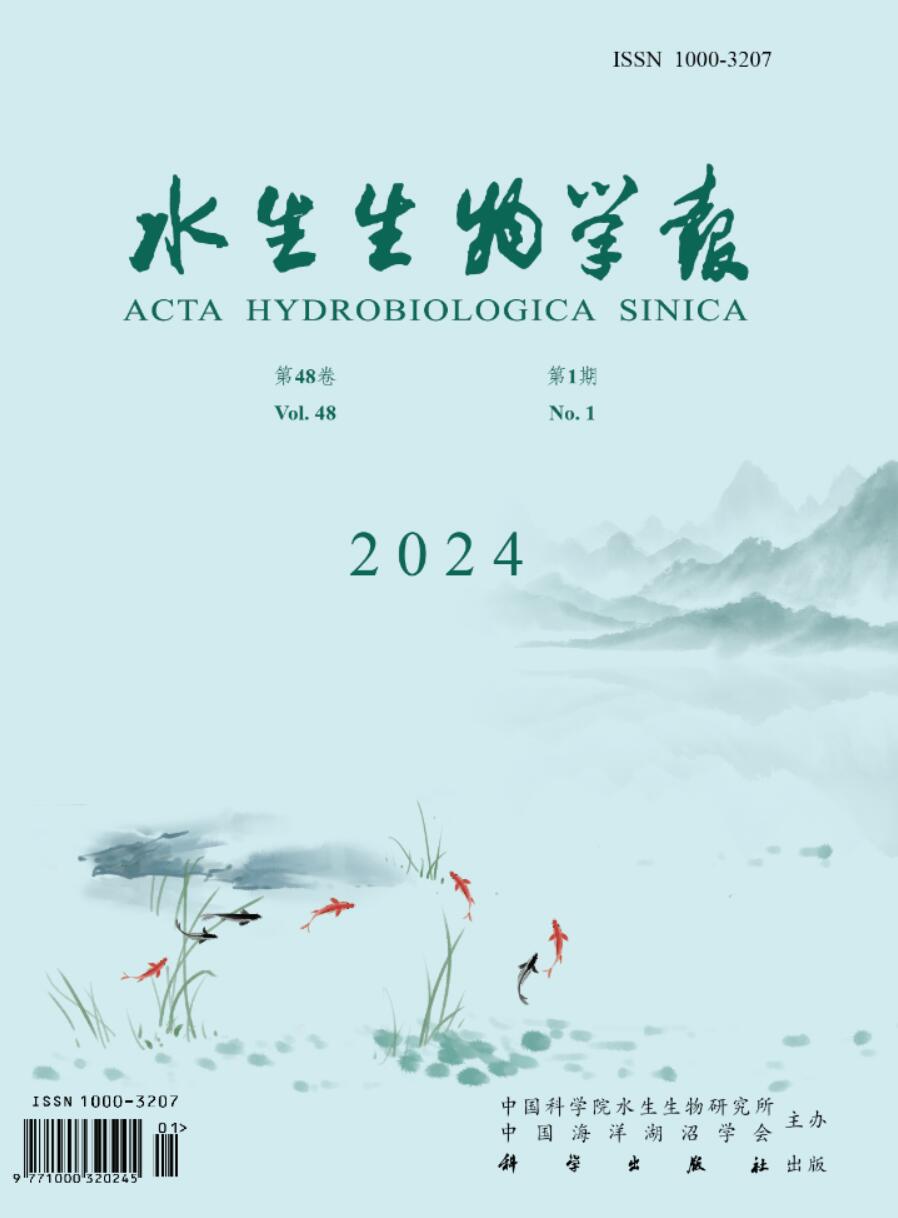Diversity variation and community succession of aquatic macrophytes in Lake Futou.
引用次数: 2
Abstract
Due to extensive human activities,habitat loss and segmentation induce destruction and disappearance of aquatic plants in the shallow lakes.These activities cause secondary extinctions of aquatic animals,leading to loss of biodiversity in lakes and animal reproduction.Lake Futou,locates in southeastern Hubei Province,China,has the same functions,such as irrigation and aquaculture,as other shallow lakes in the middle and lower reaches of the Yangtze River.However,in recent 50 years,human disturbances,including reclamation,damming and over-fishing,have caused accelerated loss of diversity of aquatic plants.This worsened the ecosystem fuction and seriously affected the productivity of aquatic resources and the quality of species.Thus,the aims of the this study were to understand the succession of aquatic plants in Lake Futou in recent decades and to comprehend the reasons associated with exploitation and utilization of resources in this lake.In order to investigate the aquatic plant diversity in Lake Futou,the species and community diversity were studied using field investigation in 2009,and the topology were analysed by geographical information system technique with ARC/INFO.Based on the results obtained from field investigation and previous studies,species diversity variations and succession of aquatic macrophytes community in Lake Futou from 1988 to 2009 were investigated and the reasons between the changes and some controlling factors were analyzed.The results showed that there were some variations on the number of species and dominant species of aquatic plants.Some species that were sensitive to disturbances such as Nymphaea stellata disappeared and some dominant species such as Potamogeton maackianus,Vallisneria denseserrulata and Hydrilla verticillata became sub-dominant species or accompanying species from 1988 to 2009.In addition,the introduced species such as Elodea nuttalli occurred in Lake Futou and became dominant species.Before the early 1980s,vegetation coverage was 100%.At the end of 1980s,coverage decresed to 80.5%,and the coverage further decresed significantly to 16.7% in 1999 and increased to 47.9% in 2009.From 1988 to 2009,emergent macrophytes increased the coverage from 24.18% to 56.93%,and Nelumbo nucifera became the dominant species in the summer.In this period,the coverages of submersed and floating-leaved macrophytes declined from 47.25% and 28.57% to 29.21% and 10.35%,respectively.Associations dominated by Nymphoides peltata in floating-leaved plants and dominated by Elodea nuttalli in submersed plants increased in the communities.Associations of Ceratophyllum demersum,Myriophyllum spicatum,and Ceratophyllum demersum also increased.Potamogeton maackianus decreased significantily.Overall,the aquatic macrophyte communities in the lake have changed markedly since the natural succession status in the 1950s changed toward the artificial succession status due to human disturbances observed in this study.Vegetation type,vegetation coverage,biomass and structure of community changed drastically.Our analyses indicated that the main reasons of species replacement of aquatic plant were human disturbances such as aquaculture in enclosures,mowing and introducing species,and natural factors such as water level fluctuation,life span and reproduction strategy.Based on this study,thorough planning of comprehensive exploitation and utilization of Lake Futou are needed in future lake management.富头湖水生大型植物多样性变化及群落演替
由于广泛的人类活动,生境的丧失和分割导致浅水湖泊水生植物的破坏和消失。这些活动造成水生动物的二次灭绝,导致湖泊生物多样性和动物繁殖的丧失。抚头湖位于中国湖北省东南部,具有与长江中下游其他浅水湖泊相同的灌溉、养殖等功能。然而,近50年来,人为干扰,包括填海、筑坝和过度捕捞,导致水生植物多样性加速丧失。这使生态系统功能恶化,严重影响了水生资源的生产力和物种质量。因此,本研究的目的是了解近几十年来阜头湖水生植物的演替,并了解与该湖资源开发利用有关的原因。为了调查阜头湖水生植物的多样性,2009年采用野外调查的方法对阜头湖水生植物的物种和群落多样性进行了研究,并利用ARC/INFO地理信息系统技术对其拓扑结构进行了分析。在野外调查和前人研究的基础上,对1988 - 2009年阜头湖水生大型植物群落的物种多样性变化和演替进行了调查,分析了变化的原因和控制因素。结果表明,不同地区的水生植物种类和优势种数量存在一定差异。1988 - 2009年,一些对干扰敏感的物种如星形若虫(Nymphaea stellata)消失,一些优势种如maackianus Potamogeton、Vallisneria denseserrulata和水螅(Hydrilla verticillata)成为亚优势种或伴生种。此外,富头湖还出现了引进种,并成为优势种。在20世纪80年代初之前,植被覆盖率为100%。80年代末,覆盖率降至80.5%,1999年进一步大幅下降至16.7%,2009年上升至47.9%。1988 ~ 2009年,新兴大型植物的盖度由24.18%增加到56.93%,夏季优势种为莲花。在此期间,沉叶和浮叶植物的覆盖度分别从47.25%和28.57%下降到29.21%和10.35%。在浮叶植物群落中,以小球虫(nyymphoides peltata)为优势,在沉水植物群落中,以小球虫(Elodea nuttalli)为优势。褐藻、细刺肉豆蔻和褐藻的结合力也有所增加。马氏马铃薯明显减少。总体而言,自20世纪50年代湖泊水生植物群落由自然演替状态向人为演替状态转变以来,湖泊水生植物群落发生了显著变化。植被类型、植被覆盖度、生物量和群落结构发生了巨大变化。分析表明,水生植物物种更替的主要原因是围场养殖、割草、引种等人为干扰,以及水位波动、寿命和繁殖策略等自然因素。在此基础上,未来的湖泊管理需要对抚头湖的综合开发利用进行周密的规划。
本文章由计算机程序翻译,如有差异,请以英文原文为准。
求助全文
约1分钟内获得全文
求助全文

 求助内容:
求助内容: 应助结果提醒方式:
应助结果提醒方式:


